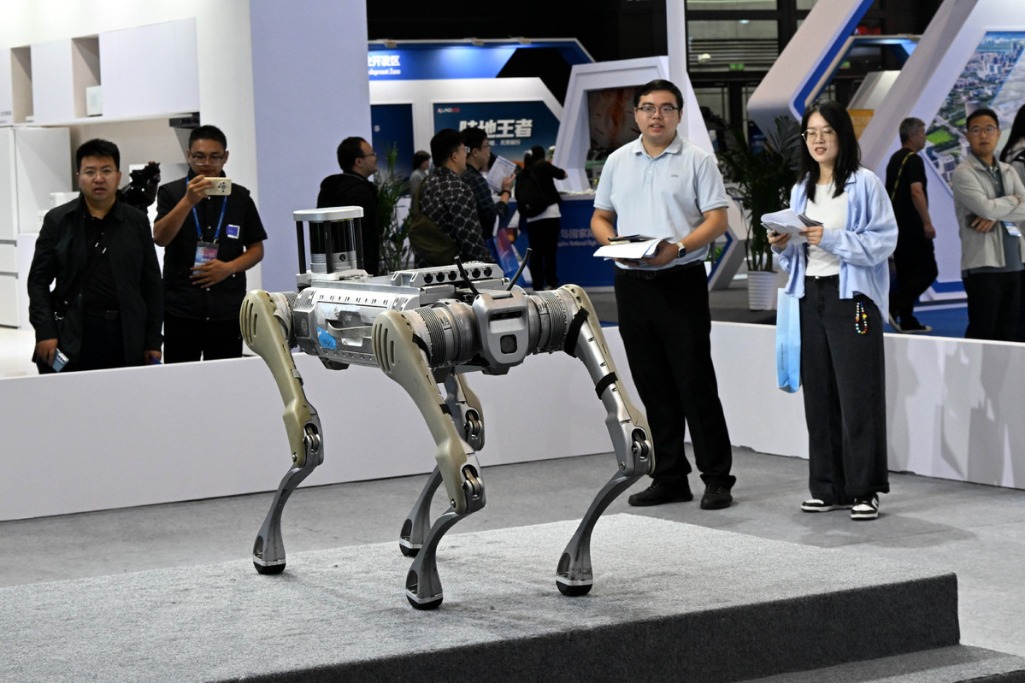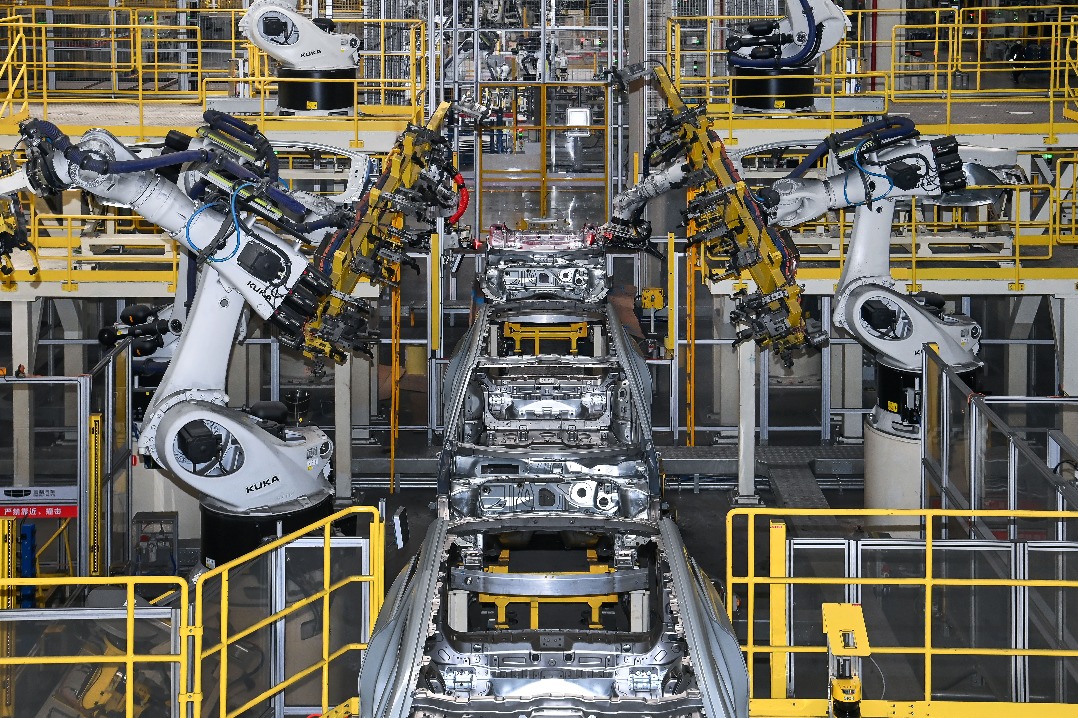Building a stronger, more resilient domestic economy
Currently, country's top 10 economic giants drive 60 percent of national GDP


BEIJING — Though lesser-known globally, China's provincial-level economic powerhouses, including Guangdong, Jiangsu, Shandong and Zhejiang, wield influence rivaling the world's top 20 economies. The country's top 10 economic giants, driving 60 percent of national GDP from 20 percent of the land, are playing a crucial role in anchoring growth.
While foreign trade once drove China's growth, the 10 provincial-level powerhouses, also including Sichuan, Henan, Hubei, Fujian, Shanghai and Hunan, are now shifting their focus toward domestic consumption and investment to sustain economic expansion amid fluctuating external demand.
At the heart of this strategy are large-scale initiatives focused on consumer goods trade-ins and equipment upgrades. In 2025, Zhejiang will continue offering incentives for residents to replace items such as automobiles, mobile phones and electric bicycles, while also promoting the renewal of equipment like medical devices and elevators.
Henan plans to provide substantial subsidies this year to replace 500,000 automobiles and 8 million home appliances, while also carrying out 3,000 equipment renewal projects.
"The trade-in program has boosted affordability, tripling our first-quarter sales of AI products year-on-year," said Guan Manman, operations manager at a local shopping mall in Henan.
These 10 economic powerhouses form the bedrock of China's domestic consumption, accounting for over 63 percent of the country's total retail sales of consumer goods in 2024. Supported by their robust spending, China's retail sales achieved a solid 5 percent year-on-year growth from January to May 2025.
Construction of major projects serves as another vital growth driver. In 2025, Sichuan will launch some new industrial projects and accelerate ongoing ones, while Guangdong plans to invest a massive 1 trillion yuan ($139.2 billion) this year in 1,500 key provincial projects, including high-speed railways, intercity rail lines and airport expansions.
To stabilize foreign demand, exporters in these powerhouses are adopting a dual-track strategy: globally, by strengthening ties in emerging markets; and domestically, by expanding sales channels across e-commerce platforms and retail partnerships.
Provincial-level governments are rolling out multi-pronged support measures to help exporters navigate challenging conditions. These efforts include financial assistance to enhance liquidity, policy guidance to create better business environment, and initiatives aimed at breaking down barriers between domestic and international markets.
"In the face of external uncertainties, China must prioritize building a stronger and more resilient domestic economic cycle," said Yu Xiangrong, chief economist of Citigroup China.
As these provinces strengthen domestic demand, they are also turning to innovation to maintain momentum and secure a long-term competitive edge.
In Linzi district, Zibo, East China's Shandong province, a cutting-edge scene is unfolding at an intelligent robotics factory. A coffee robot expertly froths milk and crafts swan-shaped latte art, while a palletizing robot — resembling an octopus — swiftly grabs boxes of beer and places them onto a conveyor belt.
Once known for its chemical industry, Linzi has transformed into a robotics hub. "Last year, our collaborative robot sales surpassed 1 billion yuan, capturing over 36 percent of the domestic market," said Han Yongguang, chairman of intelligent robot manufacturer Aubo Robotics.
Seizing opportunities presented by the new wave of technological revolution and industrial transformation, Shandong is accelerating the development of new quality productive forces.
Other economic powerhouses are also actively fostering new growth drivers. Guangdong is vigorously developing emerging industries such as new energy vehicles, AI and biopharma, while also cultivating future industries such as quantum computing and 6G.
Zhejiang has set ambitious targets for this year, aiming to add 300 national-level "little giant" firms — elite small and medium-sized enterprises in manufacturing that specialize in niche markets and lead with cutting-edge technologies.
Such consistent efforts have delivered tangible results. For instance, Sichuan's high-tech manufacturing output grew robustly by 14.5 percent year-on-year in the first quarter, a notable acceleration of 6.1 percentage points from last year. Meanwhile, Jiangsu, a powerhouse in biopharma, saw a record 352 new drugs approved last year, of which 13 were innovative drugs, the highest number in a year.
"The integration of technology and industry is now pivotal to national competitiveness," said Zheng Lei, president of Hefei University of Technology.
Leveraging high-quality development as a buffer against global volatility, the economic powerhouses drove a combined GDP of over 19 trillion yuan in the first quarter. In terms of economic growth rate, seven of these top 10 provincial-level regions outpaced the national average of 5.4 percent.
Xinhua




































